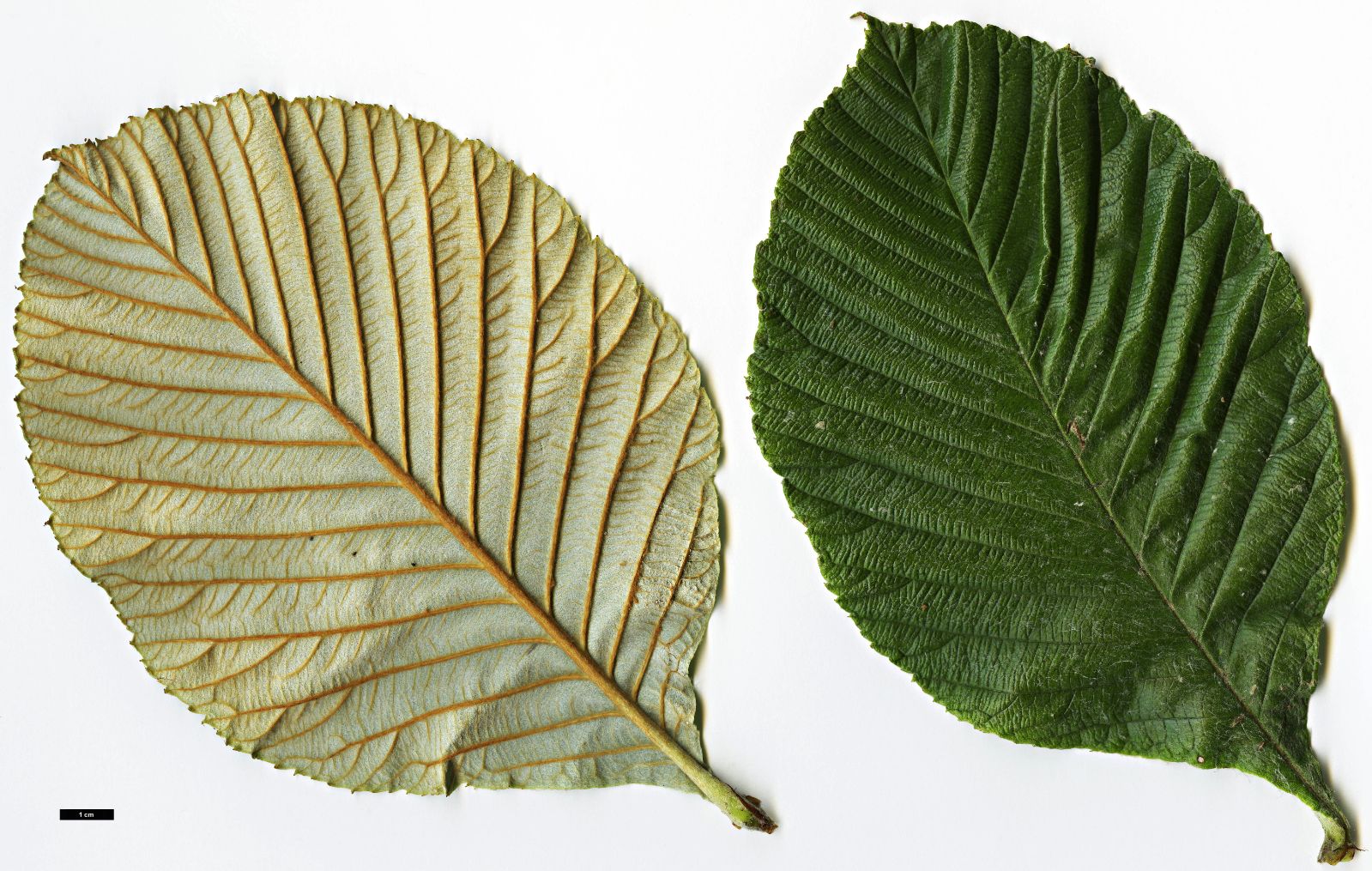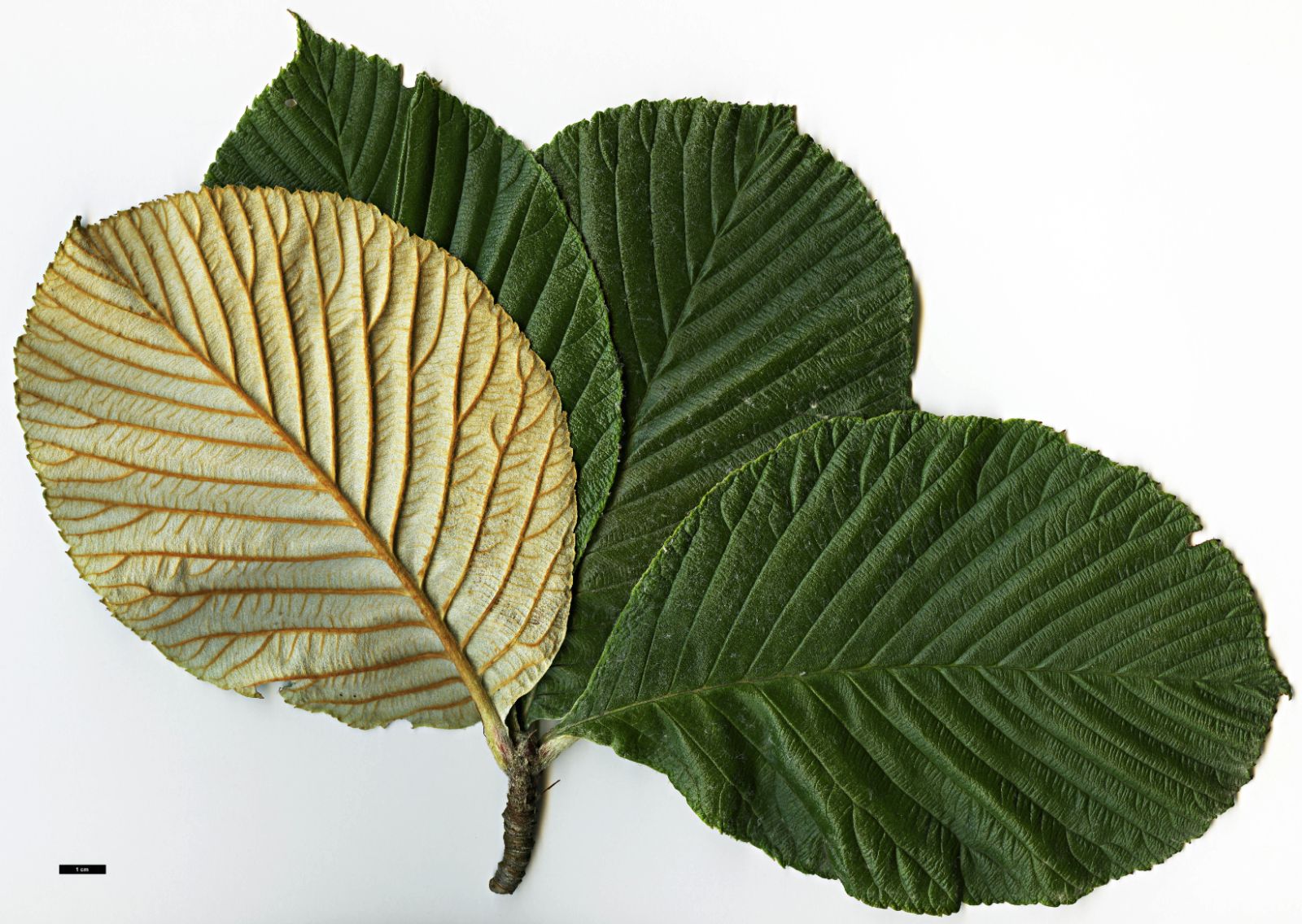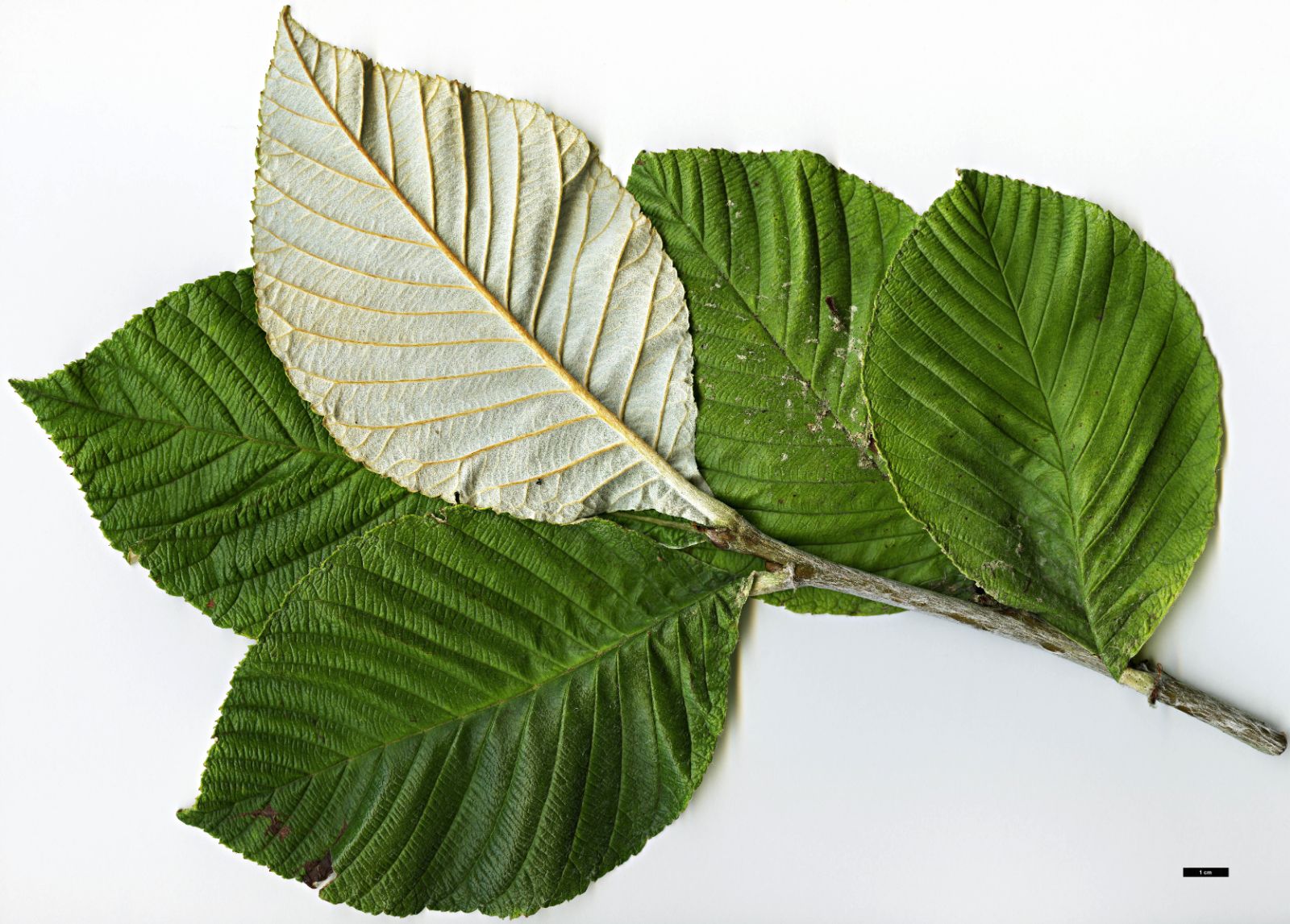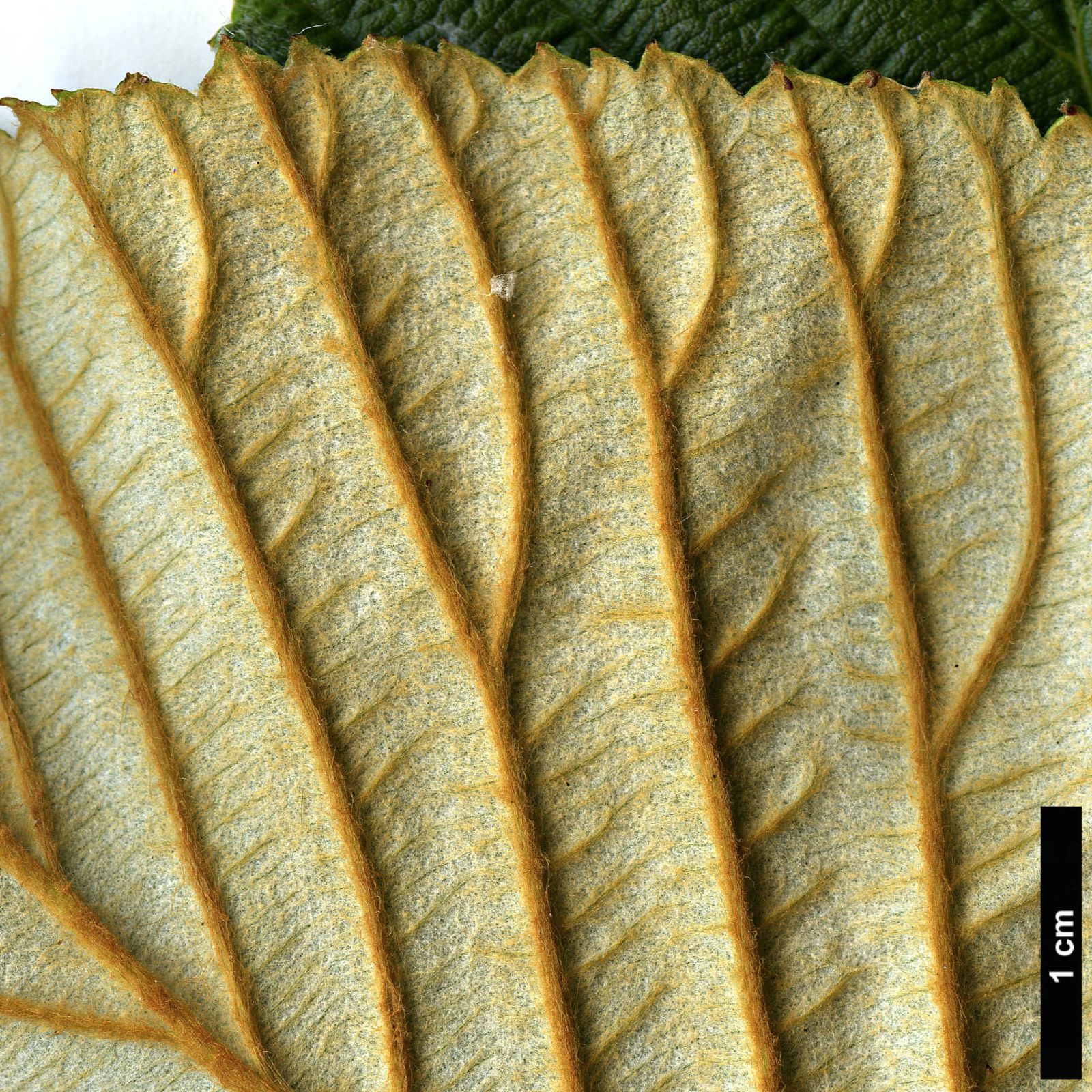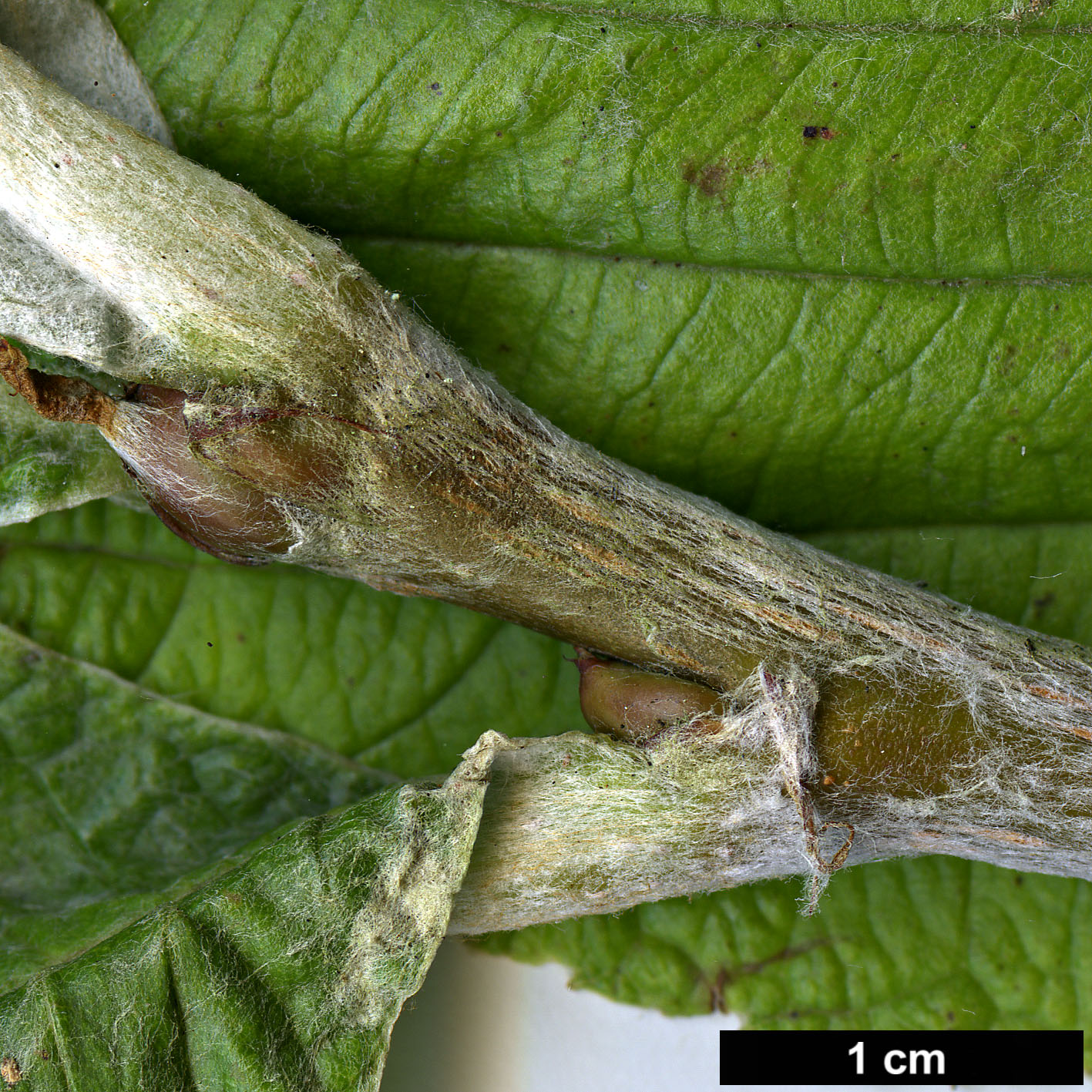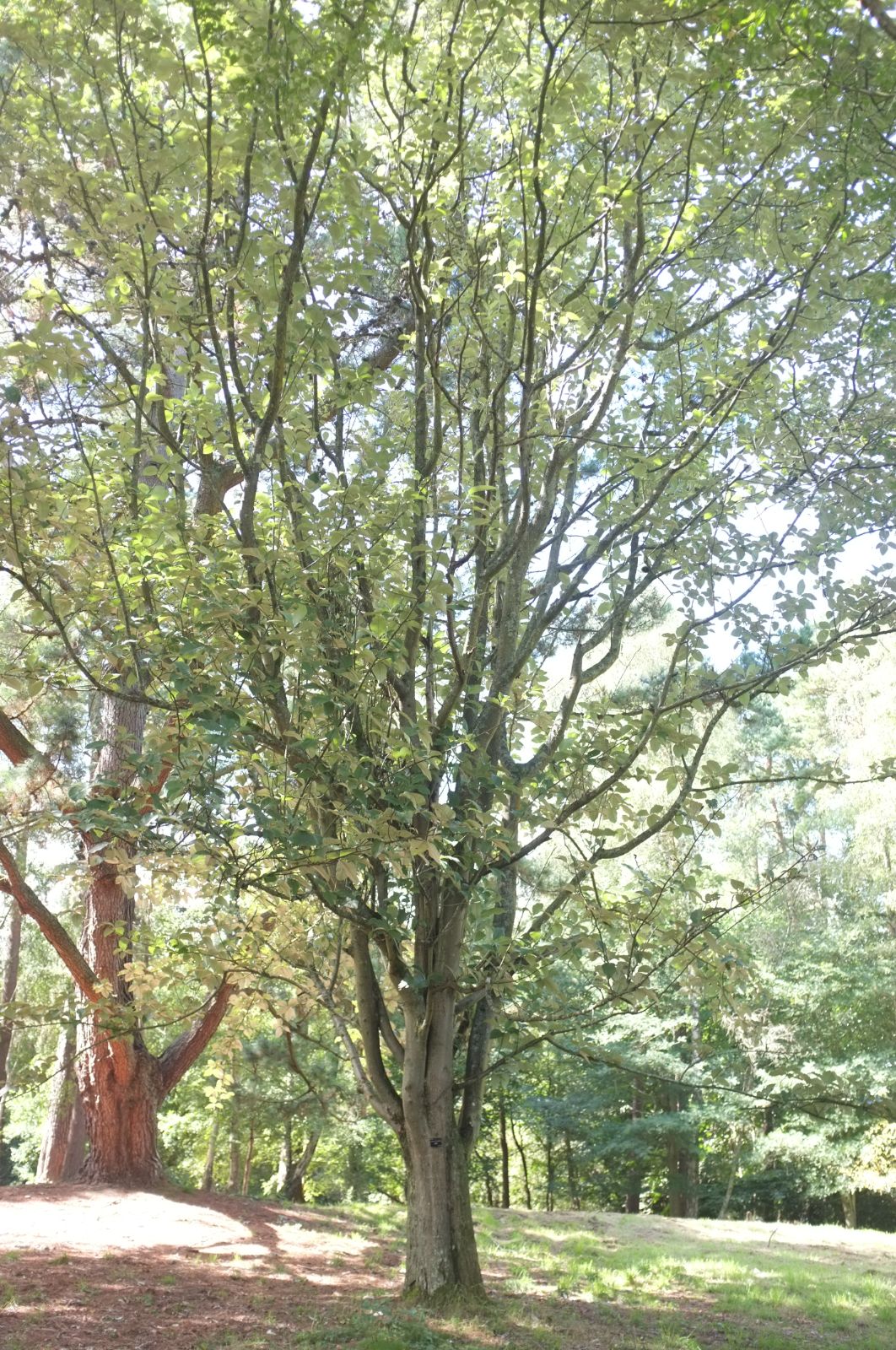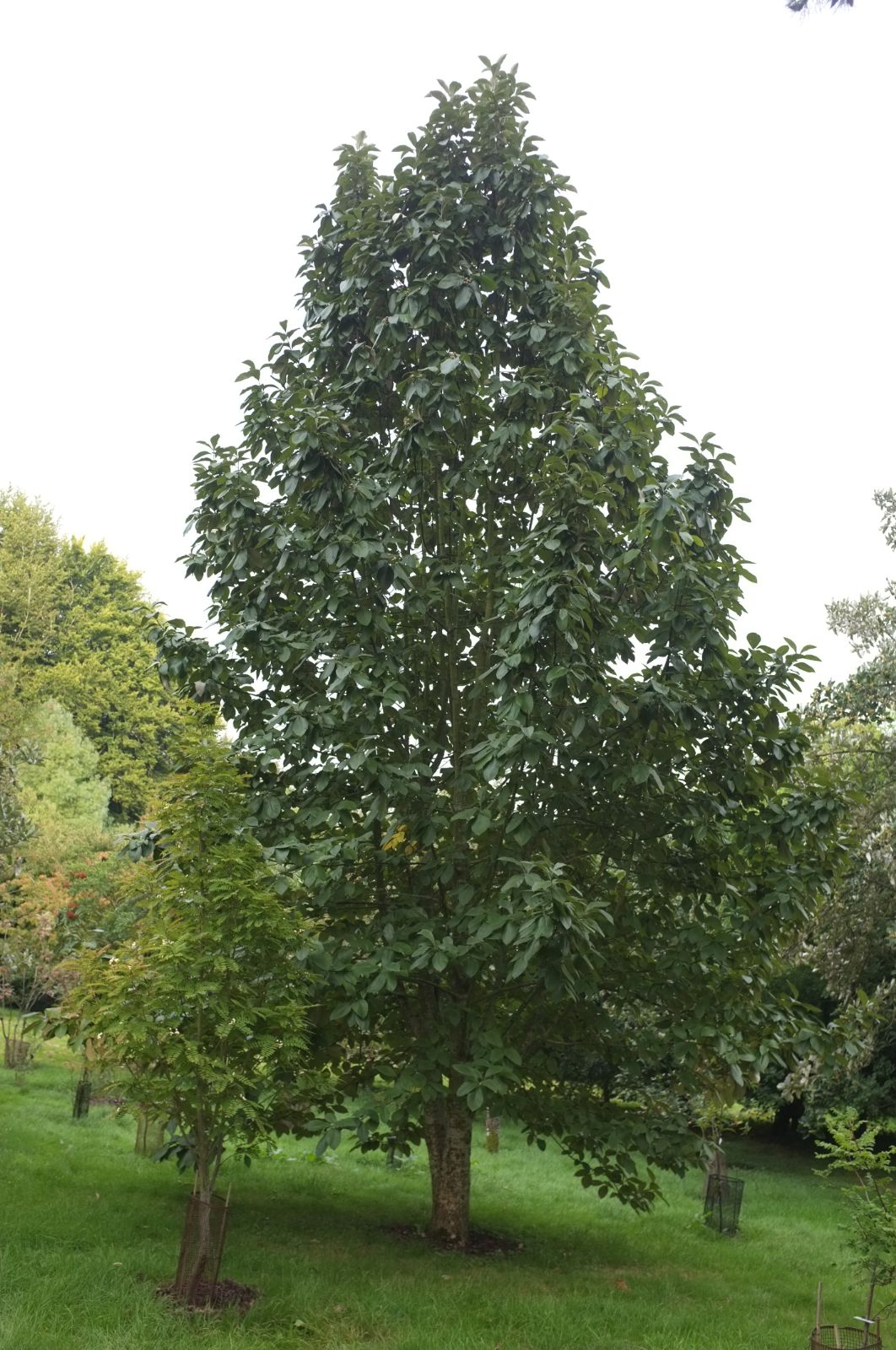Griffitharia hedlundii
Credits
New article for Trees and Shrubs Online.
Recommended citation
'Griffitharia hedlundii' from the website Trees and Shrubs Online (treesandshrubsonline.
Genus
Synonyms
- Micromeles hedlundii (C.K.Schneid.) Mezhenskyj
- Pyrus hedlundii (C.K.Schneid.) Lacaita
- Sorbus hedlundii C.K.Schneid.
- Sorbus thomsonii Hort., not (Hook. f.) Rehd.
Editorial Note
The text below is that of Bean (Bean 1981) who discussed this taxon under the name Sorbus hedlundii, within his account of S. cuspidata (now Griffitharia vestita). We have created this hybrid article – Bean’s text under the correct modern name, with appropriate synonymy – whilst we await sponsorship to enable a full revision of this genus to be written. We are re-organising the Sorbus sensu lato articles in this way to enable a new revision of Sorbus sensu stricto to commence in 2023, and to bring the nomenclature of this complex group of plants up to date in line with modern treatments.
TC, August 2023.
S. hedlundii Schneid. S. thomsonii Hort., not (Hook. f.) Rehd. – An ally of S. cuspidata, differing most obviously in having the lateral ribs coated with brown or orange hairs, contrasting with the white indumentum of the blade, but this character is not shown by young trees. Other differences are the rather finer toothing of the leaves and the more united styles. S. hedlundii was described by Schneider from a specimen collected by the younger Hooker on Tonglo, west of Darjeeling, where it grows with Magnolia campbellii; it is also known from eastern Nepal and western Bhutan.
The largest examples of S. hedlundii in cultivation grow at Mount Usher in Co. Wicklow, Eire, and were raised in the 1920s from a tree at Kilmacurragh in the same county, now dead, which is believed to have come from the Glasnevin Botanic Garden at the end of the last century. The Kilmacurragh tree was inexplicably identified by Sir Frederick Moore as Pyrus thomsonii, a sorbus or the Micromeles group to which S. hedlundii bears not the remotest resemblance, and it was under the erroneous name of S. thomsonii that this sorbus was put into commerce by the Slieve Donard Nursery Company, who received propagation material from Mount Usher.
Seed of S. hedlundii was collected by the University of North Wales expedition to E. Nepal in 1971 (B.L. & M. 20), from trees 60–70 ft high, growing on a northwest facing hillside above Pokhari.
From the Supplement (Vol. V)
S. hedlundii – This species has reached 48 × 21⁄2 ft in the Valley Gardens, Windsor Great Park (1978).

